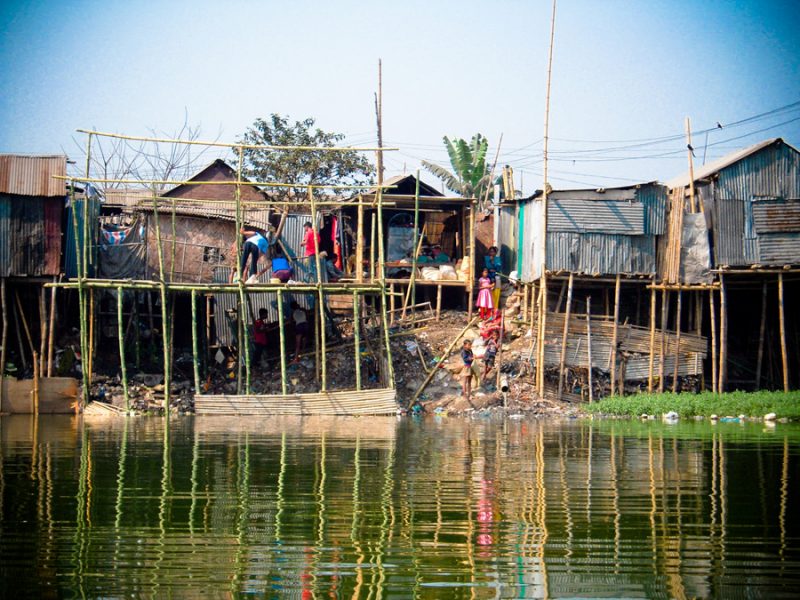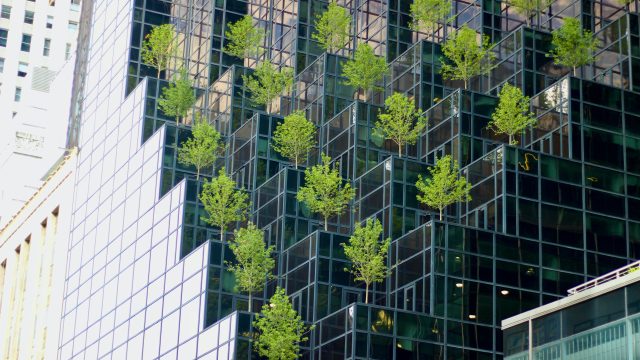What green growth means in developing countries

A year ago, I attended the Rio+20 Conference at Rio de Janeiro, a city famous for its beach resorts, Carnival, and natural landscape. But to people like me who work on development and environmental issues, Rio is a place of pilgrimage due to its significance in setting the sustainable development agenda back in 1992.
Green growth or green economy were the buzz words at Rio. Everyday thousands of delegates from all over the world gathered at the Copacabana beach to wait for shuttle buses to bring us to the conference centre. That one and half hour bus journey became the intellectual platform for exchanging ideas and experiences as well as frustrations about “the Future We Want”.
From my many discussions with colleagues from the developing world, it became clear that green growth requires more explanation. Moreover, to become attractive to policymakers in the global South, green growth needs to deliver immediate social and economic benefits as well as environmental benefits.
Counting the costs
Environmental degradations has taken a significant toll both on a country’s economic development and on the well-being of its citizens. In China, a recent study by its top environmental think tank estimates the cost of environmental degradation on Chinese economic development at about USD230 billion in 2010, or 3.5% of the nation’s GDP — more than three times the estimated cost of degradation in 2004 (USD62 billion). In Indonesia, inadequate water and sanitation cost the national economy more than 2% of its GDP in 2005. In Central African Republic, indoor air pollution, lack of water access and poor hygiene currently cost 8% of national GDP per year.
In countries like China, Indonesia, and Central African Republic, green growth will only be successful if it aims to achieve two major policy goals:
- reduce economic losses due to environmental degradation by including the value of natural assets in strategic national priority setting, smart policy making and institutional reform
- create quality jobs and reduce poverty - improve social equality through greening investments in sectoral policies like renewable energy, sustainable fisheries and climate resilient infrastructure.
Green growth in action
Putting Green Growth at the Heart of Development, a book launched by the OECD at this year’s World Environment Day sheds light on how the two above policy goals can be achieved in a practical way. With close collaboration with the International Institute for Environment and Development (IIED) and through an in-depth look at 74 policies and measures from 37 countries as well as 5 regional initiatives that target green growth, the book outlines a twin-track approach to achieve green growth in developing countries through national and international-level actions. Examples range from Cambodia to Ethiopia’s efforts to integrate green growth in national development plans, to China and Cameroon’s use of taxation policies to sustain the use of natural resources, or Indonesia and Ghana’s efforts to boost government resources for priority issues and improve the incentives for clean energy investment through reform of fossil fuel subsidies. The large number of examples demonstrate growing interest and experience in developing countries with green growth policies.
The book also seeks to address the concerns expressed by developing countries about a shift to green growth. For instance, how can green growth help address poverty, equity and other development priorities? Answers to this question depend on the design and implementation of policies. Removing fossil fuel subsidies can improve living conditions – if the funds otherwise used for subsidies are re-allocated in the form of social protection measures, or to provide cheaper public transport or more accessible health care. Sustainable certification schemes and eco-labelling programmes provide another example. These can become a new source of income for poor communities in many developing countries with abundant forests and agricultural production – if land tenure is secured and the certification schemes give special premium to community-managed forests or small landholders.
International co-operation can also provide essential support to developing countries to manage the transition to green growth. Key pillars of action are financing sound development planning and green infrastructure, strengthening access to international markets to boost trade in green products and services, and promoting technological transfer and co-operation.
Changing the whole system
One major conclusion of the book is that the number of examples is growing, but today’s efforts are still too marginal and piecemeal to bring about real change. A systematic approach will be needed to ensure “green” and “growth” go together. This means better recognition of green growth as an untapped opportunity to boost domestic revenues and attract quality investment for years to come. It also means mainstreaming green growth considerations and goals into every government department, and most importantly, into national budgets. And last, making green growth happen will depend on mobilising all key stakeholders – so not just ministries of finance and development planning, but also civil society groups and the private sector.
This book and the many studies from which it draws demonstrate the significant co-benefits green growth can provide to developing countries. Now is the time to seize the opportunity and to deliver these benefits on a large scale. One year after Rio, the buzz word green growth is still buzzing, but we need more buzzing actions!
Shannon Wang is a policy analyst at the OECD.


